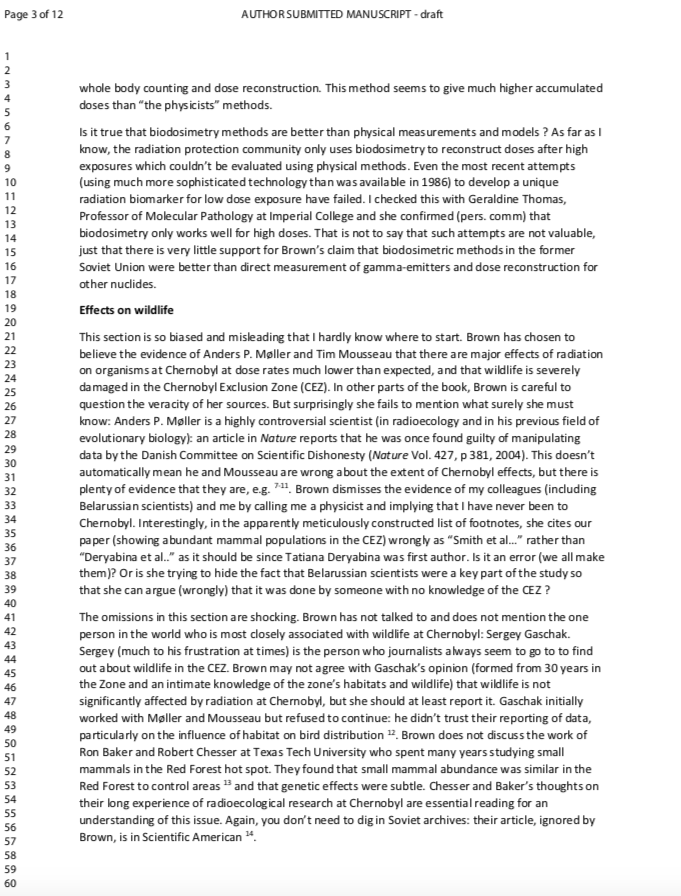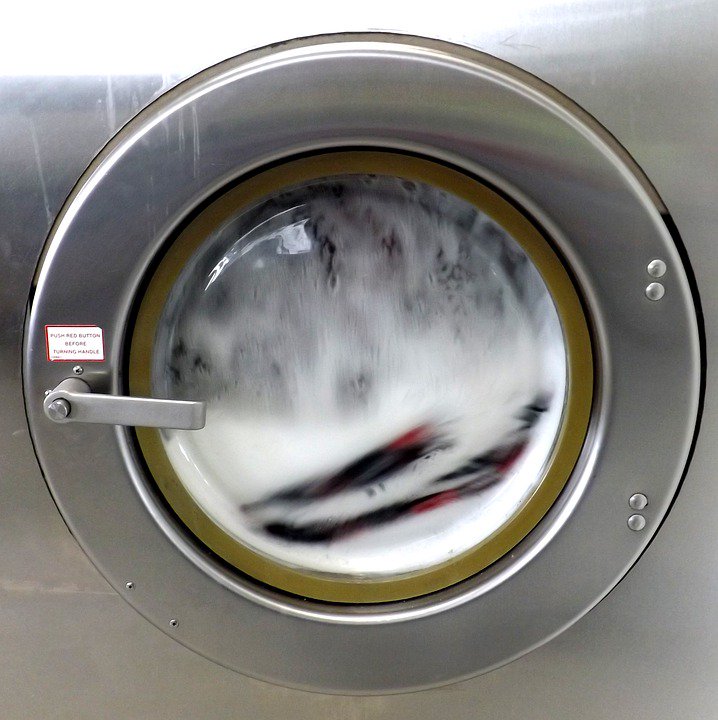My latest column @Forbes — please share!
forbes.com/sites/michaels…
@NoahSneider the magazine’s Moscow bureau chief, even emailed Brown to say, “I wanted to write you directly to say that it's absolutely magnificent. An eye-opening, awe-inspiring tale. One of the best books I've read on any topic recently. Bravo”
“A lot of people zip in for a couple of weeks,” Brown told me, “& they talk to people for a couple of weeks & get datasets others have collected & then go back and run the numbers”
"I have worked with Ukrainian scientists for the last 35 years," Thomas said, "visited Ukraine on many occasions, including once 6 weeks after a Caesarian section for my second child, which think shows how committed I am."
“We did not prove with this study that radiation causes birth defects,” Wertelecki admits.
Brown replied, “There’s a debate going on, right! Between the Gerry Thomas and Jim Smiths and… You could call Helen Caldicott!”
According to the World Health Organization, breathing smoke from wood and biomass kills 3.8 million people every year.
“To some extent, these symptoms were driven by the belief that their health was adversely affected by the disaster and the fact that they were diagnosed by a physician with a ‘Chernobyl-related health problem.’”
A man hired by Greenpeace told Brown that he “found basically healthy children ‘but a very sick medical care system’”
/END
















